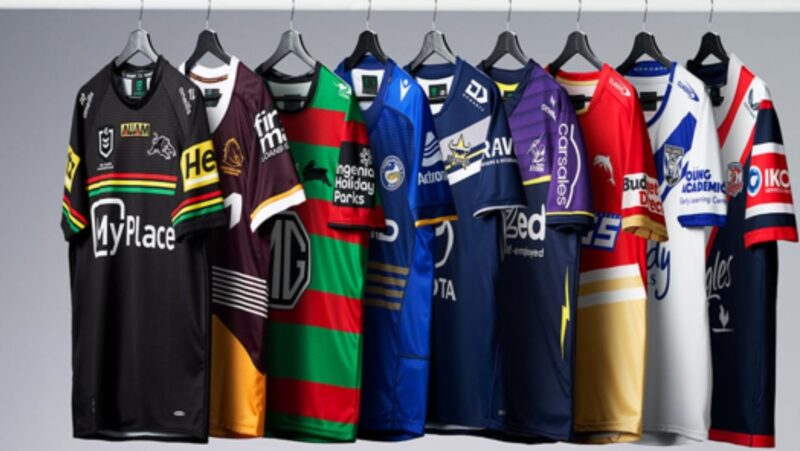
In today’s sports landscape, the relationship between athletes, their performance and the fans who support them is rapidly evolving, driven by advancements in wearable technology. These innovative devices are not only revolutionizing how athletes train and compete, but they’re also reshaping how fans experience and engage with the sports they love. From tracking player stats in real time to enhancing how spectators interact with live events, wearable tech is taking center stage in modern sports. Let’s see how this shift is happening and what it means for both athletes and fans.
Athlete performance: precision like never before
One of the most evident effects of the development of wearable technology is how athletes monitor their physical and mental performance nowadays, allowing for greater precision and optimization. Devices like GPS trackers, heart rate monitors and fitness bands are now able to collect massive amounts of data, including vital signs, movement patterns and energy expenditure, supporting professional and amateur athletes in measuring their performance and health values.
This data isn’t just valuable for the individual athlete; coaches and teams also use it to tailor training programs, track progress and make real-time adjustments during games. For example, professional football teams can now track player movements across the pitch, analyzing who is covering the most ground and who may need rest. The detailed insight wearable devices offer means athletes are training smarter, not just harder.
Enhancing fan engagement, from the couch to the sidelines
But wearable tech isn’t just for athletes. Fans are also getting a major boost in how they interact with their favourite sports, thanks to this technology. Fan engagement is becoming more immersive, thanks to experiences that go beyond watching a game on TV or at the stadium.
Let’s take augmented reality (AR) apps, for example. Fans can now wear AR glasses that overlay live stats, player information and game strategies right in front of their eyes, making them feel like they are part of the action. Imagine watching a tennis match, and as the player makes a serve, you instantly see the speed of the ball, the player’s stamina level and even projected success rates, all in real-time. It’s a revolutionary way to watch your favourite sport!
Even fitness trackers and smartwatches play their role. Fans who enjoy participating in sports themselves can now compare their own workout data with that of professional athletes, creating a sense of connection and inspiration. Whether you’re cycling alongside data from the Tour de France or running against marathon times, wearables can turn passive viewers into active participants.
This growing digital connection is similar to what’s happening in the online gaming space. Platforms that offer the possibility of playing casino games online, like roulette at PokerStars Casino, for example, have successfully created a blend of real-time interaction and user personalization. Here, players can see live stats, track their own progress, and even simulate strategies, enhancing the overall experience.
Wearables and the future of sports
The future of sports and technology promises even more integration. Innovations like smart clothing embedded with sensors that can track everything from muscle exertion to hydration levels are already on the horizon. These developments mean that athletes will not only train better but could soon have real-time feedback on their form, technique, and physiological state during live events.
For fans, wearable technology will continue to bridge the gap between virtual and physical experiences. Soon, we might see more AR features embedded in the sportswear sold to the public, such as jerseys that unlock exclusive content, interviews, and stats when scanned with a smartphone or smart glasses.
There’s even potential for virtual reality (VR) wearables to take fans deeper into the games. Imagine watching the World Cup final not just from your living room but from a virtual seat at the stadium, seeing the game from any angle you wish, feeling the crowd’s energy, and even experiencing the players’ perspectives.
A revolution for everyone: athletes, fans and beyond
So, wearable technology’s impact on sports is undeniable and far-reaching. Athletes benefit from unparalleled insights into their performance, allowing them to compete at higher levels while reducing injury risks. Fans, on the other hand, enjoy richer, more interactive ways to connect with their favourite sports and players. As technology continues to evolve, the line between athlete and spectator will blur even more, allowing for an unprecedented level of connection and engagement.
This crossover between data, sports and entertainment is a reflection of broader trends across industries. Technology is transforming how we interact with the world around us and in both arenas we’re seeing the rise of personalized, real-time experiences that engage users in ways previously unimaginable.














